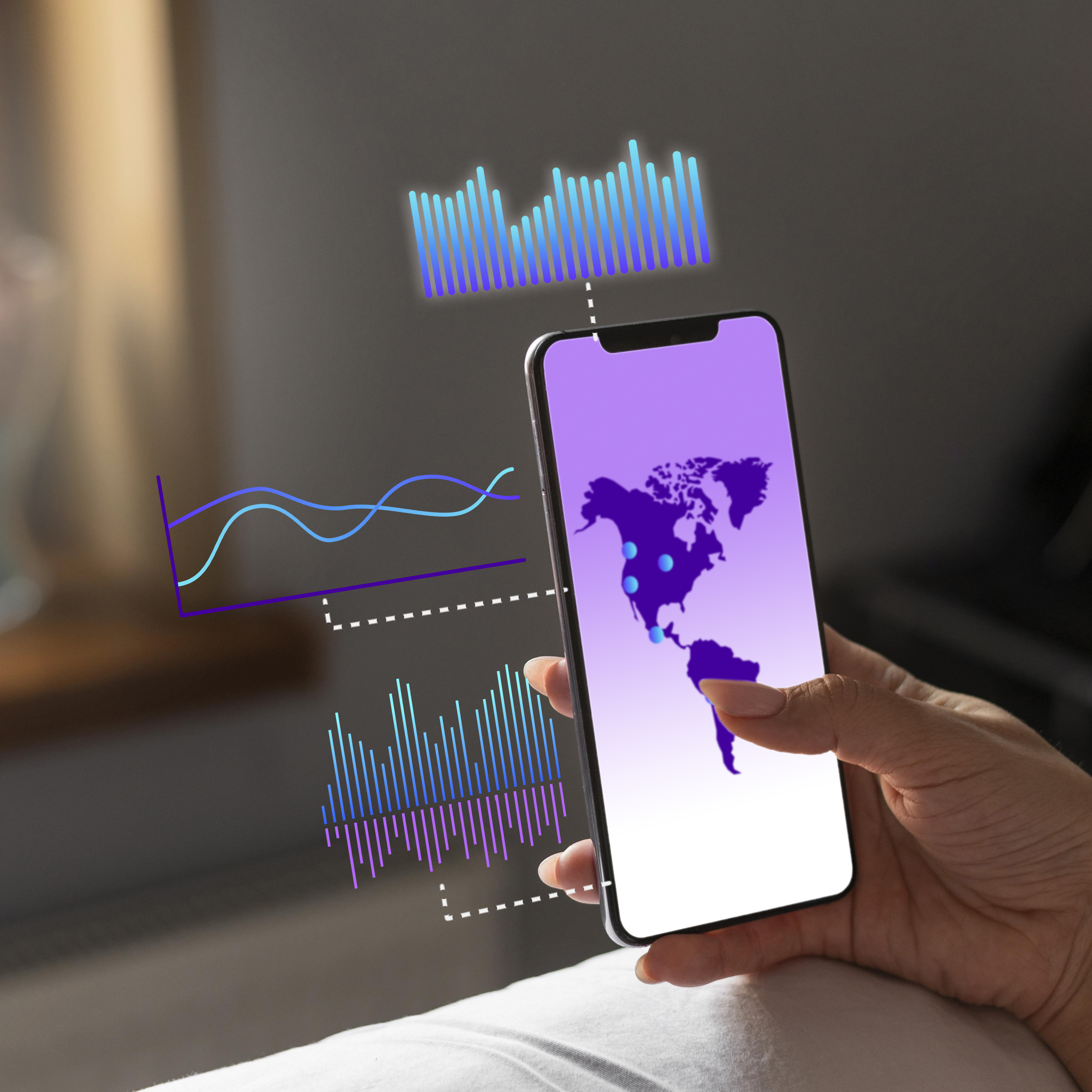
Cryptocurrency exchange, with its rapid price fluctuations and market dynamics, can be both thrilling and challenging. To navigate this digital realm successfully, cryptocurrency merchants often turn to technical analysis—a powerful tool for making informed decisions based on historical price data and market patterns. In this article, we'll explore how to leverage technical analysis effectively in your cryptocurrency exchange journey.
Understanding Technical Analysis
Technical analysis involves studying past price movements and volume data to predict future price trends. It operates on the assumption that historical price patterns tend to repeat themselves due to human psychology and market behavior. Here are some key components of technical analysis:
1. Candlestick Charts
Candlestick charts are essential for technical analysis. Each candlestick represents a specific time frame and provides information about the price's open, close, high, and low during that period. Patterns formed by these candlesticks can indicate potential trend reversals or continuations.
2. Support and Resistance Levels
Support levels are price points at which an asset tends to find buying interest, preventing it from falling further. Resistance levels are where selling pressure typically kicks in, preventing the price from rising higher. Identifying these levels helps merchants make decisions about entry and exit points.
3. Moving Averages
Moving averages smooth out price data to create a single flowing line on a chart. The two most commonly used moving averages are the Simple Moving Average (SMA) and the Exponential Moving Average (EMA). Crossovers and divergences between these averages can signal potential buy or sell opportunities.
4. Relative Strength Index (RSI)
The RSI is an oscillator that measures the speed and change of price movements. It oscillates between 0 and 100 and helps identify overbought and oversold conditions, which can indicate potential reversals.
5. Chart Patterns
Technical analysts also study chart patterns like head and shoulders, double tops, and flags. Recognizing these patterns can provide insights into potential price movements.
Leveraging Technical Analysis in cryptocurrency exchange
Now, let's explore how to apply technical analysis to your cryptocurrency exchanges:
1. Choose the Right Timeframe
Select a timeframe that aligns with your cryptocurrency Exchanges style. Short-term merchants may use hourly or daily charts, while long-term investors may prefer weekly or monthly charts. Different timeframes provide varying levels of detail.
2. Identify Trends
Determine the current trend by analyzing moving averages or trendlines. Is the market bullish, bearish, or ranging? Understanding the trend is crucial for making appropriate cryptocurrency exchanges decisions.
3. Set Entry and Exit Points
Use support and resistance levels to set entry and exit points. For example, consider buying when the price approaches a strong support level and selling near a resistance level.
4. Confirm with Indicators
Use indicators like RSI to confirm your analysis. For instance, if you see a bullish pattern forming and the RSI is in an oversold condition, it may strengthen your buy signal.
5. Practice Risk Management
Always employ proper risk management techniques, such as setting stop-loss orders to limit potential losses. Never risk more than you can afford to lose.
6. Continuous Learning
Technical analysis is a skill that requires continuous learning and practice. Stay updated on market news and expand your knowledge of different technical indicators and patterns.
Key Takeaways
Leveraging technical analysis in crypto cryptocurrency exchanges can significantly improve your chances of making informed decisions and achieving success in this dynamic market. However, it's important to remember that no analysis method is foolproof, and cryptocurrency exchanges always carries risks. Combining technical analysis with fundamental analysis and a disciplined cryptocurrency exchanges strategy can help you navigate the crypto market with confidence. As you gain experience, you'll refine your skills and develop your unique trading style, ultimately becoming a more proficient cryptocurrency merchant.